Incoming Georgetown Student Struggles To Pay For School That Sold Her Family Into Slavery

Elizabeth Thomas’ mom used to push her and her siblings’ strollers through Georgetown University’s campus when they were toddlers.
Her mom, Sandra, felt a special connection to the campus that was inexplicable at the time, when they had their second home in Washington, D.C. It wouldn’t be until 2016 that Thomas would find out her mom’s connection to the university was much more than superficial.
When New York Times writer Rachel Swarns wrote about the enslaved men, women and children the university sold in 1838, she noted that some of them ended up in Maringouin, Louisiana, the Thomases’ hometown. When Sandra noticed the mention of her small town in Swarns’ story, she decided to read the slave manifesto and came across two familiar names: Sam and Betsy Harris.
Upon learning that her great-great-great-grandparents were two of the 272 slaves sold by Jesuit priests to keep Georgetown’s doors open, Elizabeth, 23, went through a roller coaster of emotions.
“Almost every African American in this country has some idea that they possibly came from slavery or more than likely did. But actually knowing the story ― and I was raised Catholic, I went to Catholic high school, so I know the Catholic Church isn’t perfect by any means ― but just having that whole story directly related to my family was really, really sad at first,” Elizabeth told HuffPost. “[It’s] really disheartening to think what my ancestors had to go through just to make it. Not just to survive through slavery but then to survive all the way to Louisiana, how mentally and physically strong they must have been.”
Since Swarns’ story was published in April 2016 ― sparked by on-campus protests against racial injustice ― and gained widespread attention, the university has been taking steps to atone for its role in slavery. The following summer, President John J. DeGioia began meeting with the descendants of those sold into slavery (or the GU272 Descendants Association), led by Sandra.
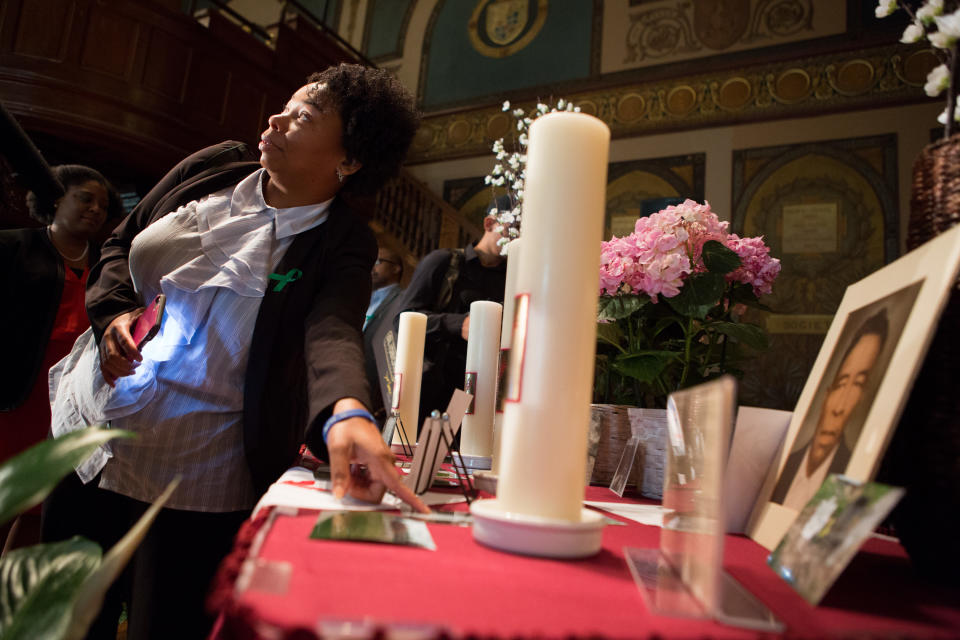
Along with a formal apology, the school decided to rededicate the buildings that were previously named after the Jesuits involved in the sales to honor the enslaved men and women. Georgetown also announced that they would offer preferential status to the descendants of the 272 slaves, which caught Elizabeth’s attention.
Elizabeth, a Louisiana State University alumna, applied for Georgetown’s graduate journalism program in April. There wasn’t an option for applicants to declare that they were descendants of the slaves Georgetown sold, so she wrote about it in her essay. Just recently, she received her acceptance letter. Her brother Shepard, a current freshman at Louisiana State University, applied and was also accepted.
“I never thought I was gonna be able to go to Georgetown. Not because I’m not academically smart, but I just know it’s such a prestigious school to get into,” she told HuffPost. “So now being here today, being accepted into this school, that in itself is super exciting. So I had this exciting moment, and then rededicating two of the buildings on the campus and my mom going up there being able to speak, it was so incredible. But now, I’m kind of in a stage where OK, I’ve been accepted into the school but there’s no scholarship opportunities.”
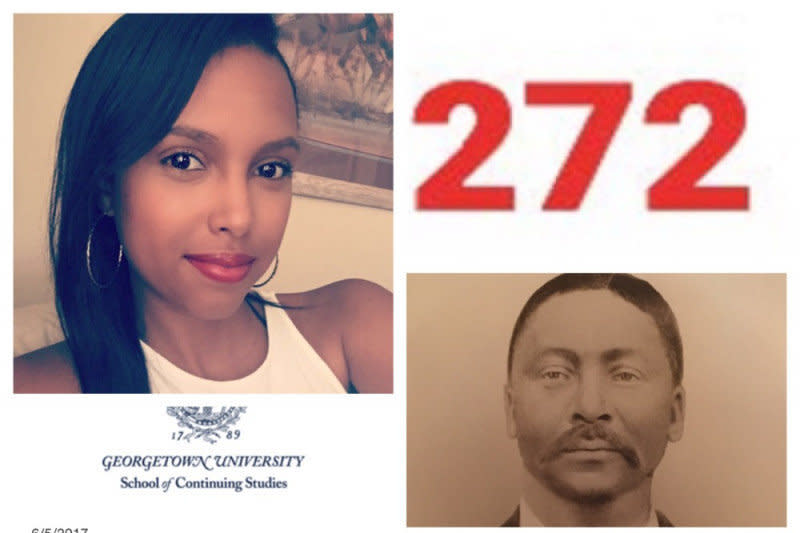
Elizabeth said that she was under the impression that Georgetown would be providing at least some financial assistance to the descendants. But after talks with financial aid, she learned that the school is only offering her loans. She said Shepard is receiving scholarships from Georgetown, but none related to their family’s connection to the school.
Elizabeth said this news is disappointing to her, especially since her mother, a widow with five children, does not have the means to send all of her children to school at the same time.
The average cost for graduate candidates in Georgetown’s School of Continuing Studies is $47,360 per academic year. Elizabeth plans on finishing her degree within three semesters.
A university spokesperson told HuffPost that they’ve received “a small number of applications this cycle from descendants and there have been positive admissions decisions.” The spokesperson didn’t give a specific number, but outlined the school’s efforts to atone for its past, none of which involved providing scholarships to descendants.
Elizabeth isn’t bitter about this, however. She is still enthused about enrolling in classes for January 2018 and stepping on campus for the first time since she was a young child. She launched a GoFundMe to help offset some of her expenses, which include tuition, moving and housing costs. So far, she’s raised just under $1,000 of her $30,000 goal.
Elizabeth said she is happy that Georgetown has started taking steps to address its racist history, but she hopes the efforts continue.
“I feel like this is a good start and I hope that if we continue, if the descendant group continues communications with Georgetown, we can push them further,” she said. “I think it’s just about doing what’s right and I think definitely more can be done. This is a start, but I definitely don’t think it’s enough, what they’ve done, to compensate for the things that my ancestors provided to the Jesuits and to Georgetown.”
Correction: A previous version of this story stated that the average cost to attend Georgetown is $42,830 per semester, not $47,360 per year. We regret the error.
Also on HuffPost
Love HuffPost? Become a founding member of HuffPost Plus today.




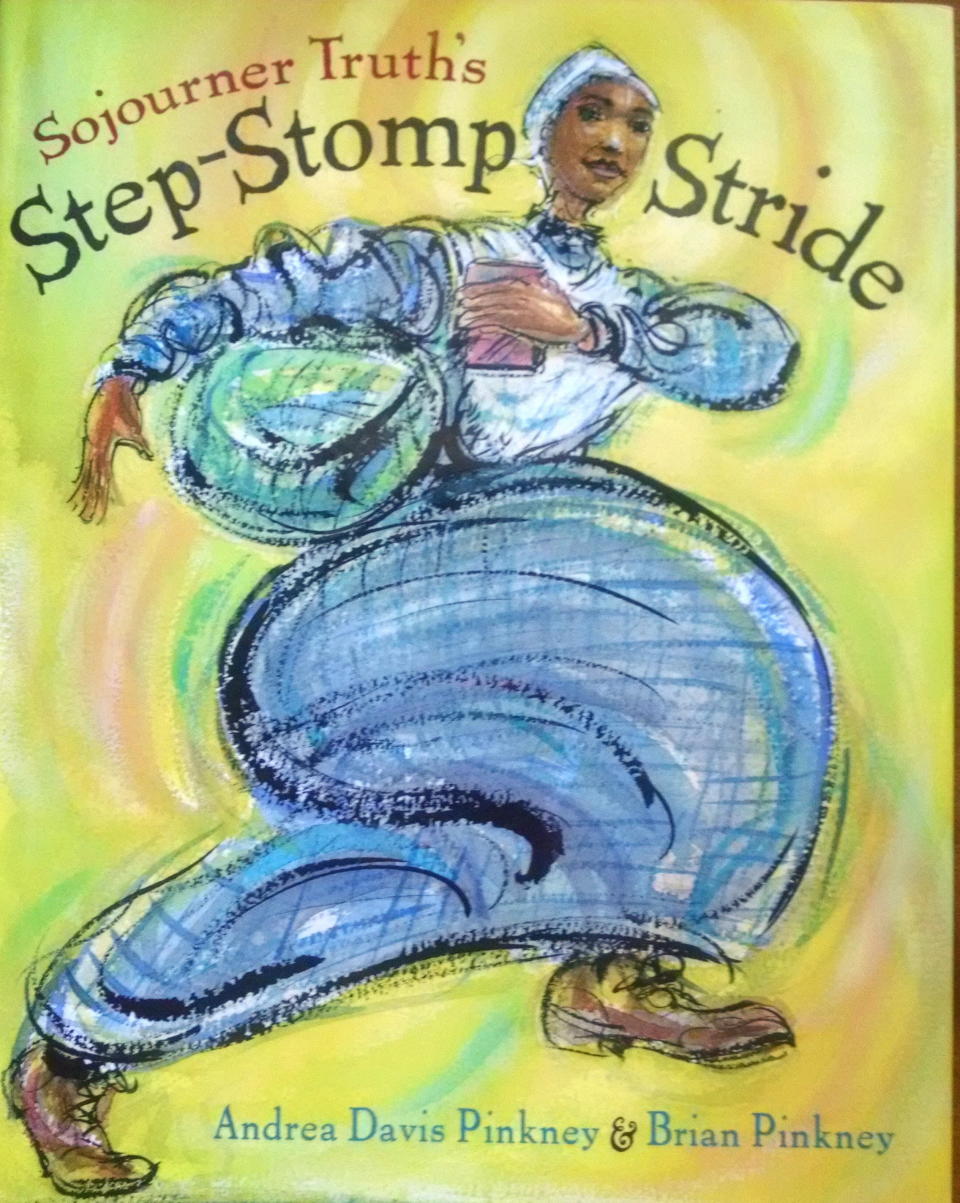
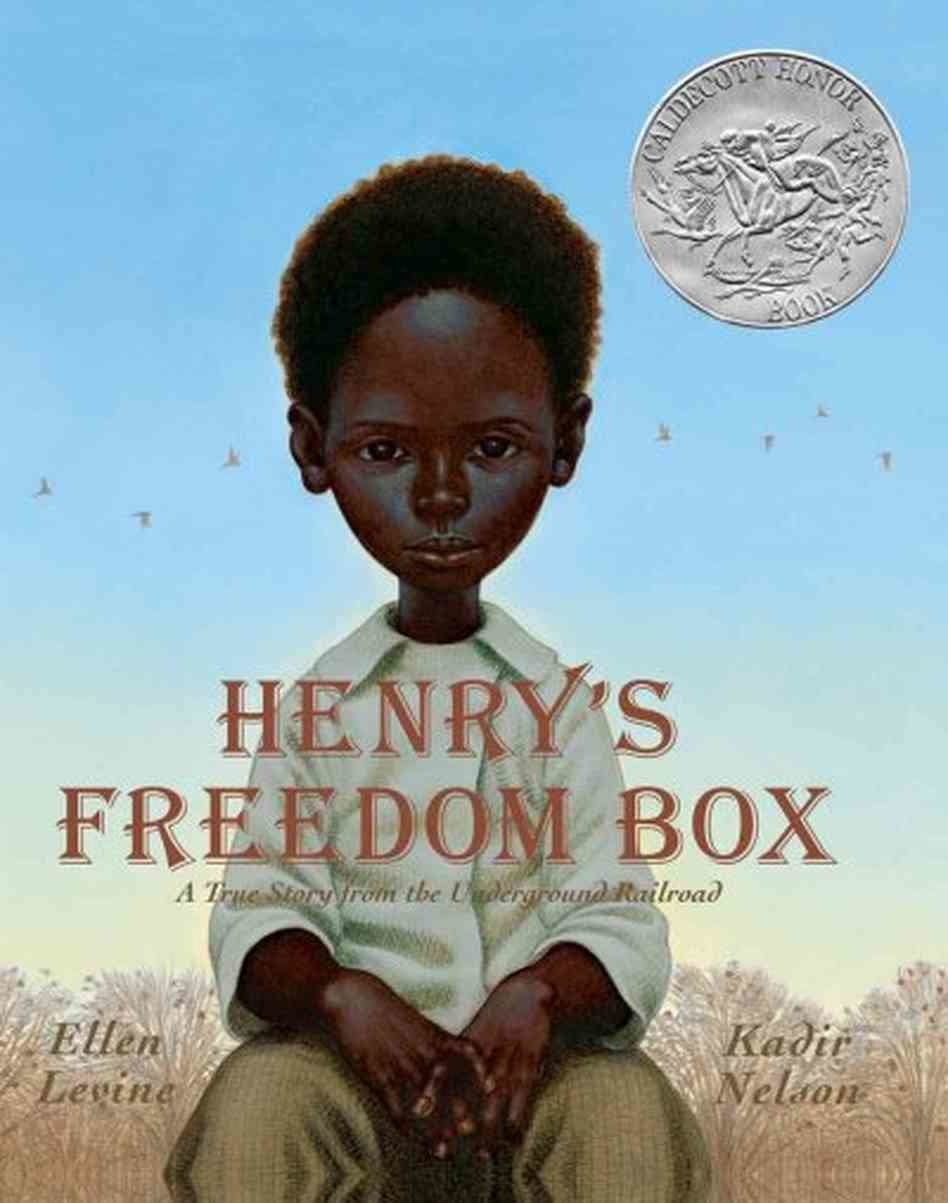
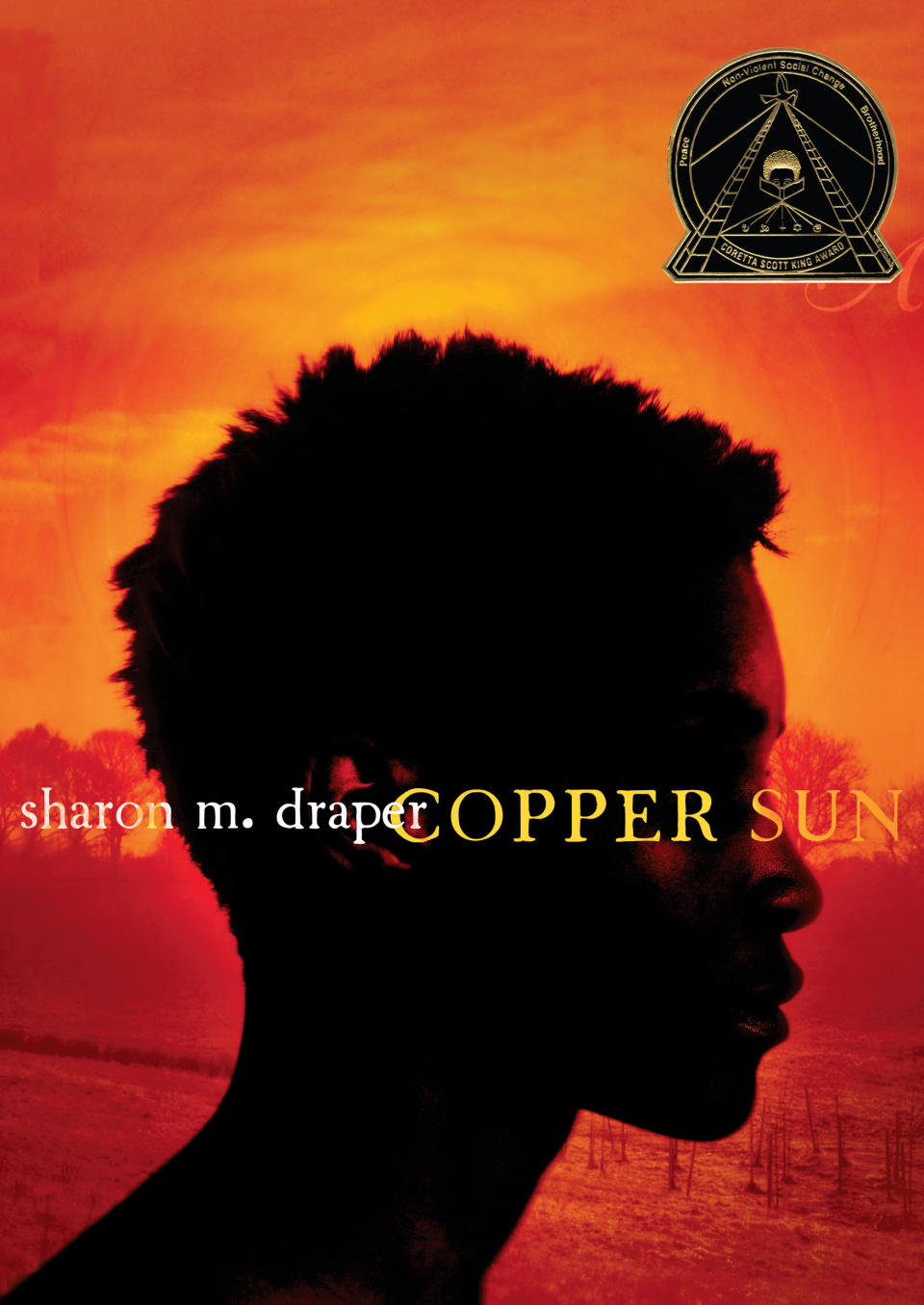
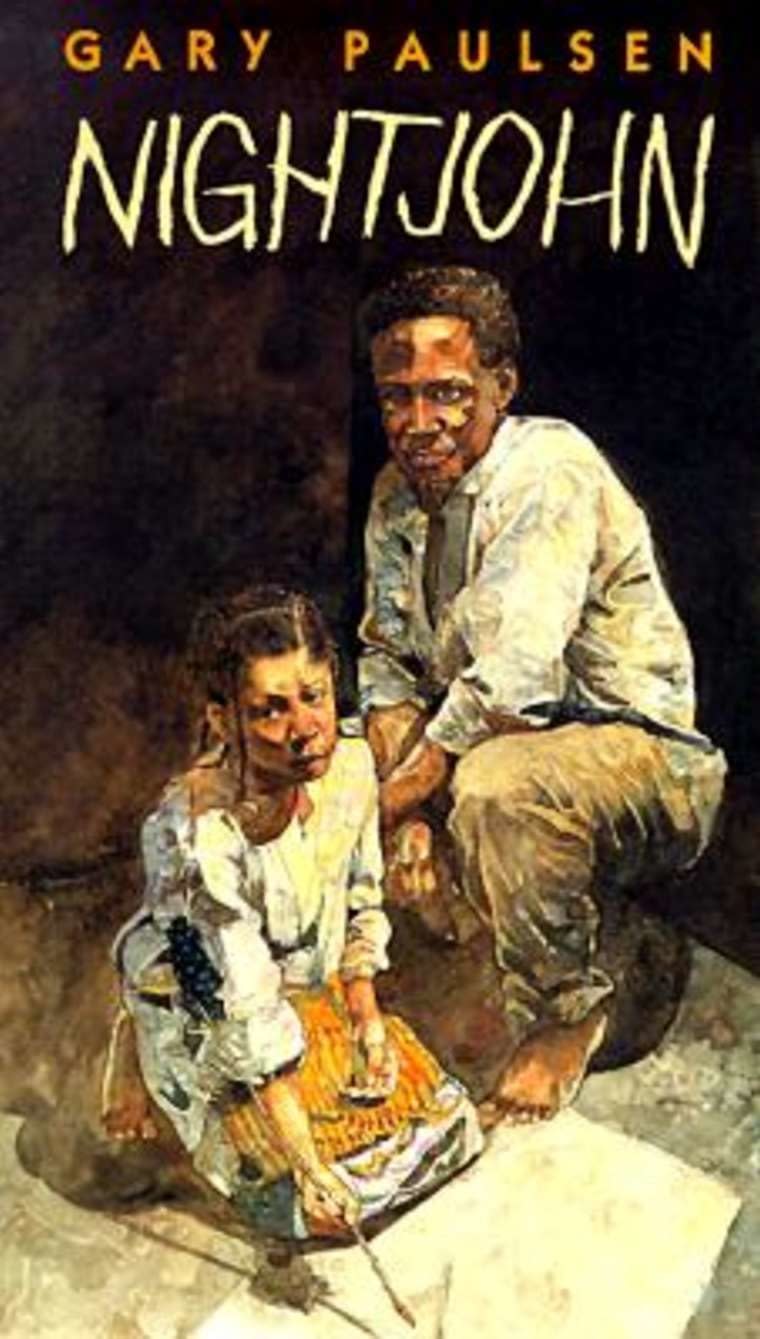
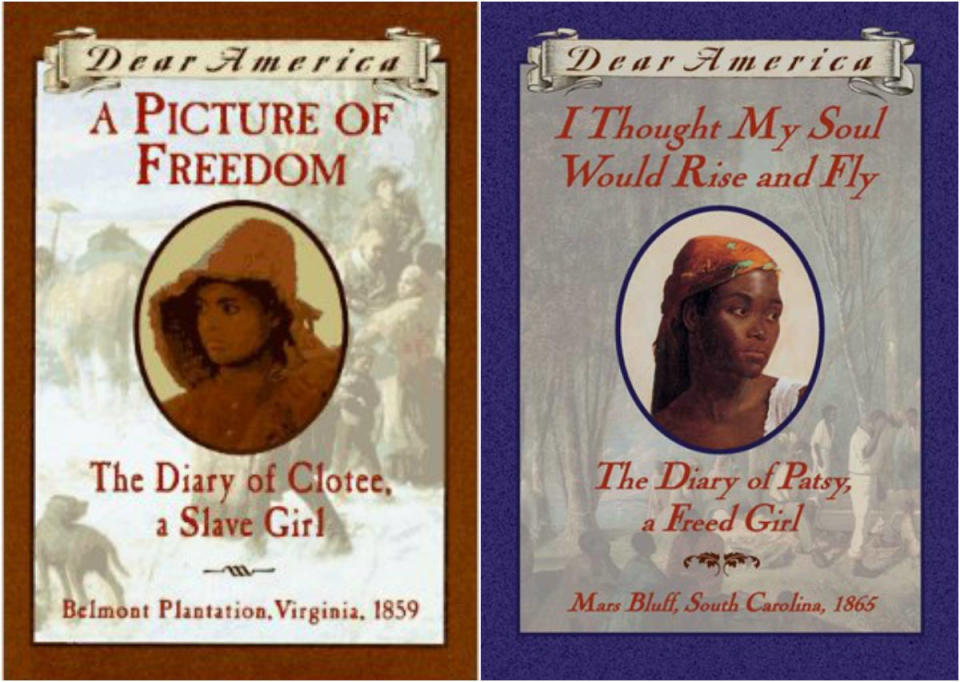
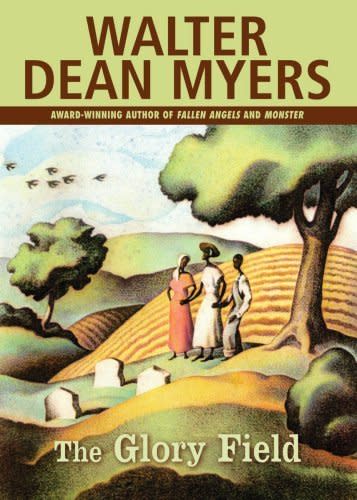
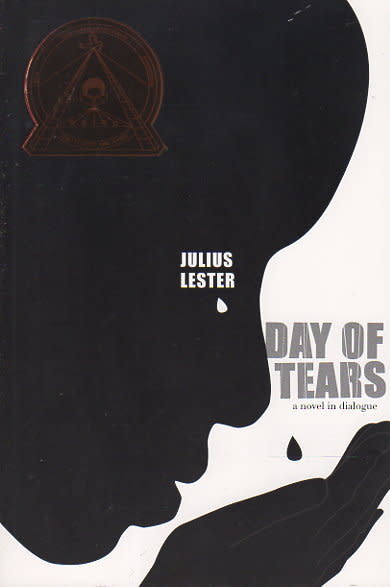
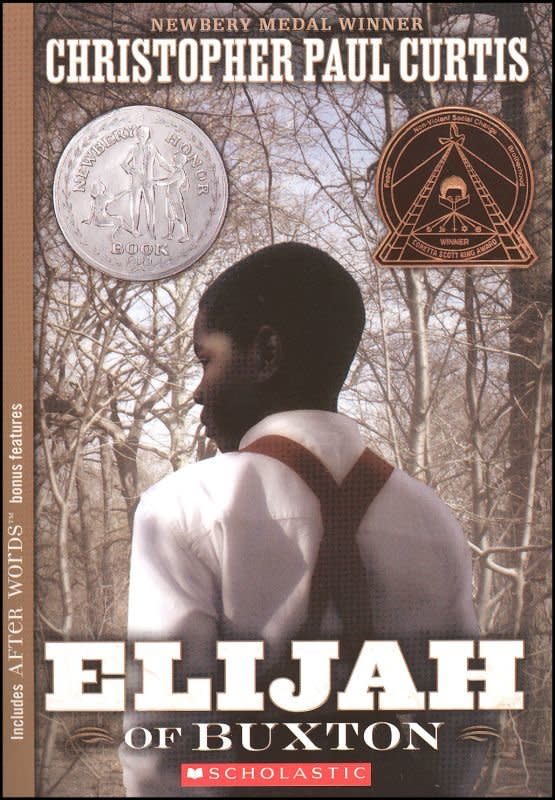

This article originally appeared on HuffPost.

